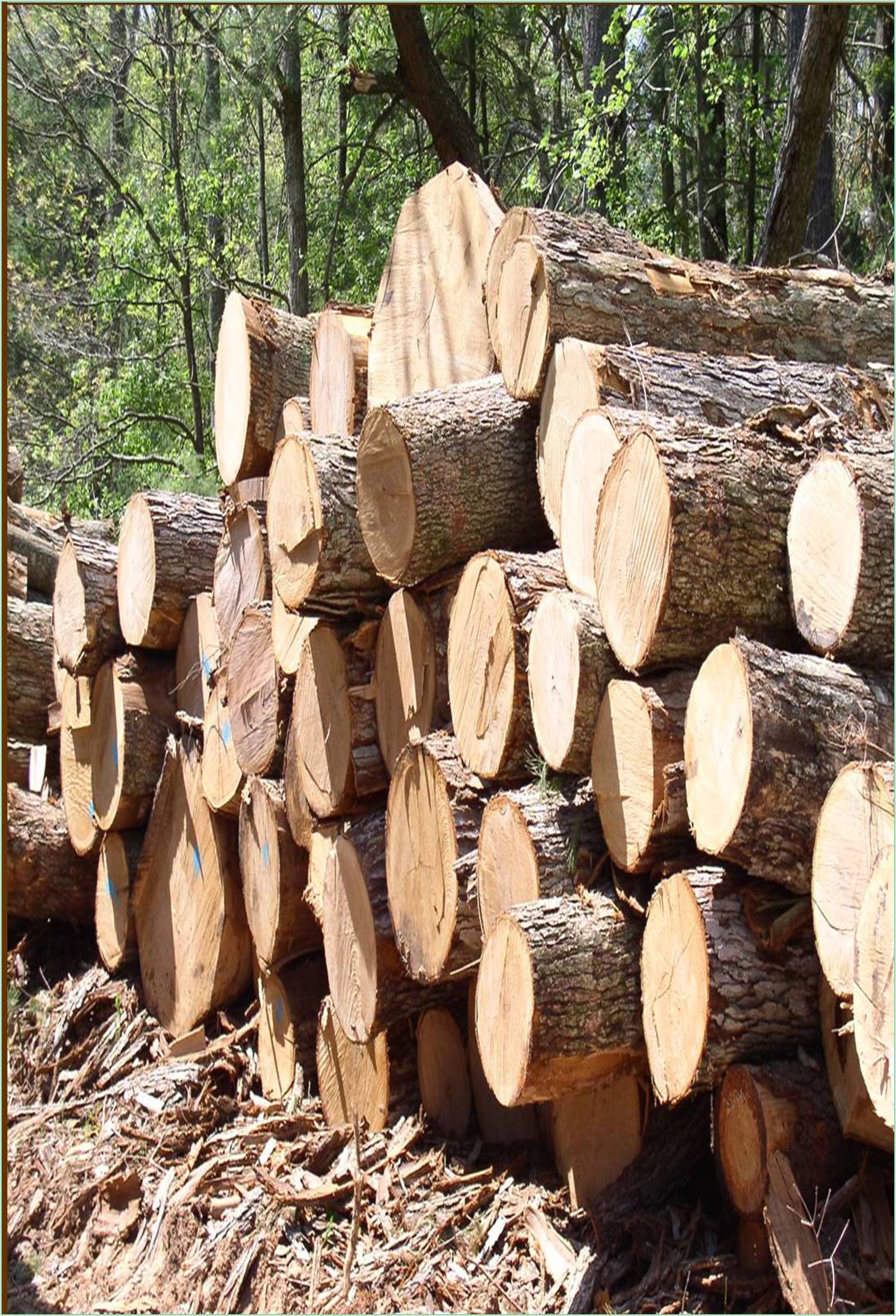



Received: 13-Oct-2022, Manuscript No. GJWSFW-22-64243(PQ); Editor assigned: 16-Oct-2022, Pre QC No. GJWSFW-22-64243; Reviewed: 30-Oct-2022, QC No. GJWSFW-22-64243(R); Revised: 12-Nov-2022, Manuscript No. GJWSFW-22-64243; Published: 01-Nov-2022, DOI: 10.15651/2449-1780.22.11.006
Urban and community timbers are the trees, shops and associated ecosystems anywhere where people arecountry roads in pastoral municipalities, new developments in the cities, or concrete neighbourhoods in metropolises and old shop municipalities. Our geography is a continuum from pastoral timber to megacity centre. Urban and community forestry is not just about trees. There is further to a timber than just the trees. The other shops, soils, air, and water that are part of the community make up an ecological system that supports wildlife, a clean terrain and a healthy home for humans. The health of the urban forest affects the quality of our lives. The health of civic and community timber ecosystem affects the quality of the water we drink, the air we breathe, the stability of our neighbourhoods, and our sense of community and individual pride. Community forestry builds stronger communities. The most important aspect of urban and community forestry is “community”. Planting trees, gardening, tutoring youthful people about nature, creating a land use plants these conditioning bring different members of our communities together, strengthen our bond to the geography, and ameliorate the quality of life for the benefit of the whole community. As our civic and community timbers grow, so too does our sense of pride, our original frugality, and our quality of life.
Under the authority of the Urban Forestry Act (PRC4799.06-4799.12) the Urban and Community Forestry Program (UCF) works to expand and ameliorate the operation of trees and related foliage in communities throughout California. The charge of the California department of forestry and fire protection's urban forestry program is to lead the trouble to advance the development of sustainable civic and community timbers in California. Trees give energy conservation, reduction of storm water runoff, extend the life of face thoroughfares, ameliorate original air, soil and water quality, reduce atmospheric carbon dioxide, ameliorate public health, give wildlife niche and increase property values. In short, they ameliorate the quality of life in our civic surroundings which, decreasingly, are where Californians live, work, and play. The program also administers State and Federal subventions throughout California communities to advance civic forestry sweats.
National Urban and Community Forestry Advisory Council (NUCFAC) is an appointed premonitory council to the Secretary of Agriculture on civic forestry and affiliated issues. NUCFAC was innovated to synthesize the full diapason of views into a harmonious vision, as a foundation for practical policy on civic forestry. Technology and science delivery.
Technology and science delivery the forest service’s national urban forest technology and science delivery team delivers quality civic natural coffers wisdom, technology, and information to ameliorate the long- term sustainability of civic ecosystems. The platoon’s charge is to help inform environmental stewardship and sustainability with sound opinions about civic and community lands and the broader milepost, for wildlife and people. Our Vibrant Metropolises Lab website provides tools, exploration mixtures, and case studies to help the public discover how a healthy tree cover can enrich their own community. Our national webinar series brings experts together to bandy the rearmost wisdom, practice, and policy on civic forestry and the terrain. Strategic focus areas precedence’s, tasks, resource allocation, hook-ups, program direction, performance measures and responsibility at all situations of the Program align with the seven pretensions outlined in the collaboratively developed ten-time urban forestry action plan (2016-2026). Fresh mates include other state agencies, on-profit associations, private civic forestry, and agricultural companies, power and mileage companies, metropolises, counties, special sections, and professional associations. These varied mates are brought together via the director's premonitory commission for civic and community forestry, the California Urban Forestry Advisory Committee (CUFAC). Together they bandy trends, address enterprises, develop suggestions for consideration by CAL fire operation, and give support and information to their original communities on civic forestry issues. California's state urban forestry program also works with our fire prevention program in championing fire-safe landscaping for homeowners and communities. Landscape design, tree selection, and conservation are critical rudiments in reducing the spread of fire and the threat to conterminous structures. Indeed well designed geographies can come dangerous if not duly maintained. The program encourages compliance with the defensible space demand for communities in the civic-wildly and interface areas (PRC 4291) and offers suggestions for types of trees, geography designs and pruning styles to help homeowners in meeting that standard. CAL FIRE Urban and Community Forestry is devoted to California's sweats under AB32 to acclimatize to and alleviate climate change. For further information about CAL fires state wide forestry strategies for reducing or mollifying hothouse gas emigrations, please visit our climate change and energy runner.